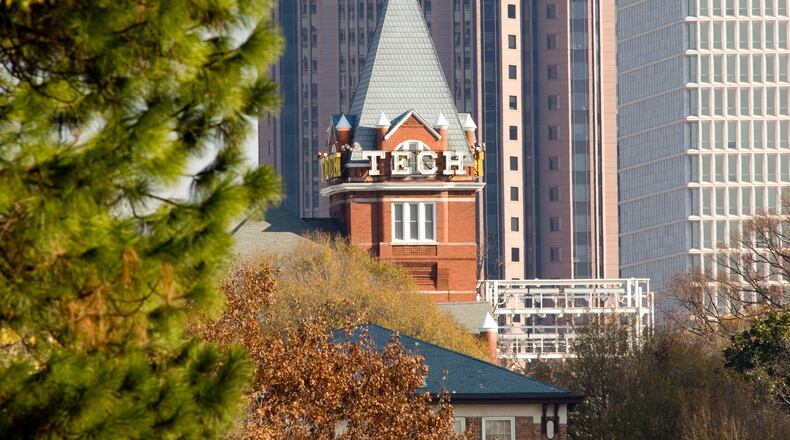As is the case across the college athletics landscape, Georgia Tech has endured a severely tight financial pinch. For Tech’s athletic department, it has required what athletic director Todd Stansbury called “pretty significant budget cuts” into budgets for the Yellow Jackets' 17 varsity teams and the administration.
The cuts may have to extend into personnel costs. The athletic department planned to enact a furlough authorized by the University System of Georgia, but that was rescinded when the state system later determined that furloughs were not necessary.
Asked Wednesday in a videoconference with media if furloughs or layoffs were a possibility, Stansbury acknowledged the possibility of some measure to reduce the personnel budget. Personnel costs, at $29.3 million, accounts for 36% of the projected $80.5 million budget, the largest piece of the pie.
“We are looking at different models and options to where we may be able to hopefully do certain cost-containment strategies,” Stansbury said. “But, of course, being state employees, those are all things that have to be approved by the institute, USG. But we are working on different models.”
Many athletic departments have undertaken various measures to lower salary costs. At North Carolina, all staff making $200,000 or more have accepted 20% pay cuts, with those making less taking a 10% pay cut or getting furloughed 15 days. At Clemson, coaches and staff making more than $400,000 accepted 10% reductions in pay, among other cuts. At Washington, the athletic department eliminated 16 jobs.
The 20% cap on attendance in Bobby Dodd Stadium will mean a steeper drop in revenues than planned. Tech, which normally counts on a $20-25 million revenue stream tied to football ticket sales, initially projected for $13 million in ticket revenue for the year ahead. That already was a $7 million drop from the previous fiscal year.
But that was a projection using a model with attendance capped at 50% for Bobby Dodd Stadium, not 20%, and no change in ticket sales for winter and spring sports. At the least, the number of basketball games is expected to be reduced and attendance is an uncertainty.
“We’ve definitely been through a pretty rigorous budget development process where we’ve tried to anticipate what the year potentially could look like revenue-wise,” Stansbury said. “Which, there’s a lot of uncertainty there.”
With the questions about the financial health of his department, Stansbury did not let slip pass an opportunity to mention his “Support the Swarm” campaign, which has been calling on season-ticket holders and single-game purchasers for football and men’s and women’s basketball who aren’t willing or able to attend games to exchange those payments into donations to the athletic department.
About the Author
Keep Reading
The Latest
Featured



